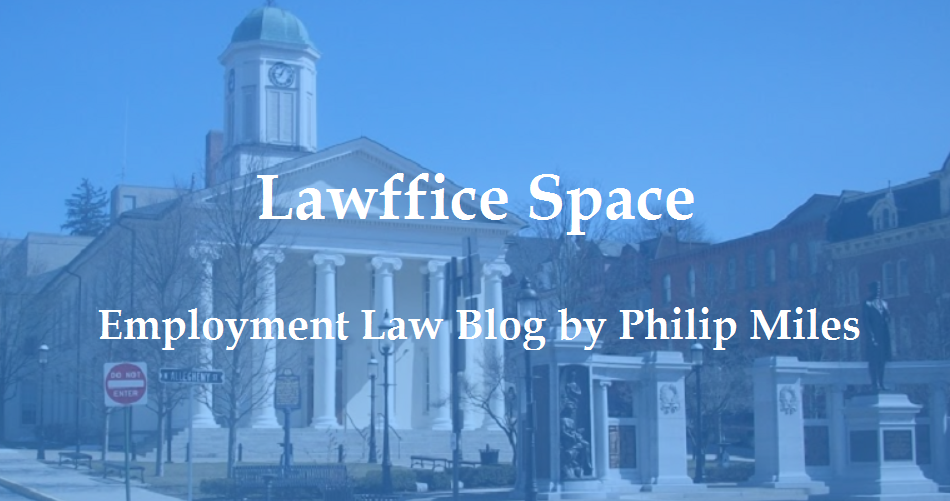As background, the Supreme Court has specifically held that mixed-motive claims are impermissible in the contexts of Title VII retaliation and ADEA age discrimination claims (requiring "but-for" causation). Those cases were based on statutory language. The FMLA is a little trickier... the statute does not even expressly provide for retaliation claims (it does, however, make it "unlawful for any employer to interfere with . . . the exercise of . . . any right provided" by the FMLA).
Because the statute's language is ambiguous, courts must afford administrative agency regulations addressing the ambiguity "Chevron deference." As the Supreme Court explained in Chevron, "legislative regulations are given controlling weight unless they are arbitrary, capricious, or manifestly contrary to the statute." In other words, it's not up to the Court to interpret ambiguous statutory language; it's up to the agencies (here, DOL), unless they really go off the rails.
 |
| Not official use. |
Here, the court easily concluded that providing a cause of action for retaliation was reasonable given the statutory language. The trickier part is whether the mixed motive regulations - forbidding employers from treating FMLA leave as a "negative factor" when taking adverse employment actions - are reasonable. Unlike the Title VII retaliation and ADEA age discrimination statutes, which expressly included "but-for" causation language, the FMLA is ambiguous.
Because different statutes utilize different causation standards, and the FMLA does not expressly pick one, the Court held that the DOL's mixed motive regulation for FMLA retaliation claims was reasonable (and therefore entitled to Chevron deference). Therefore, the employee was entitled to a mixed motive jury instruction (which requires only circumstantial evidence).
Egan is noteworthy for its analysis of FMLA mixed motive claims, but it also has a concurring opinion that is well worth the time to read. Judge Jordan goes off on Chevron deference. I'll put part of his opinion here to give you the flavor:
The doctrine of deference deserves another look. Chevron and Auer and their like are, with all respect, contrary to the roles assigned to the separate branches of government; they embed perverse incentives in the operations of government; they spread the spores of the ever-expanding administrative state; they require us at times to lay aside fairness and our own best judgment and instead bow to the nation’s most powerful litigant, the government, for no reason other than that it is the government. The problems they create are serious and ought to be fixed. . . . . Highly specialized or technical matters are far different, however, than the legal matters on which federal courts are now routinely told, in the name of Chevron, to bow down and obey the executive branch.The opinion addresses separation of powers, The Federalist Papers, and the specific roles of the different branches of government. Of course, Supreme Court opinions are the law, and not one Circuit Judge's concurring opinion. That said, SCOTUS-nominee Judge Gorsuch is a noted anti-Chevroner. so perhaps we'll see some movement on this issue from the high court.
* There was a second issue, not addressed in this post, regarding admissibility of witness testimony on the ADA claim.

No comments:
Post a Comment